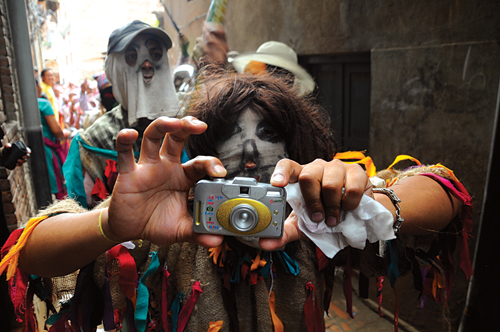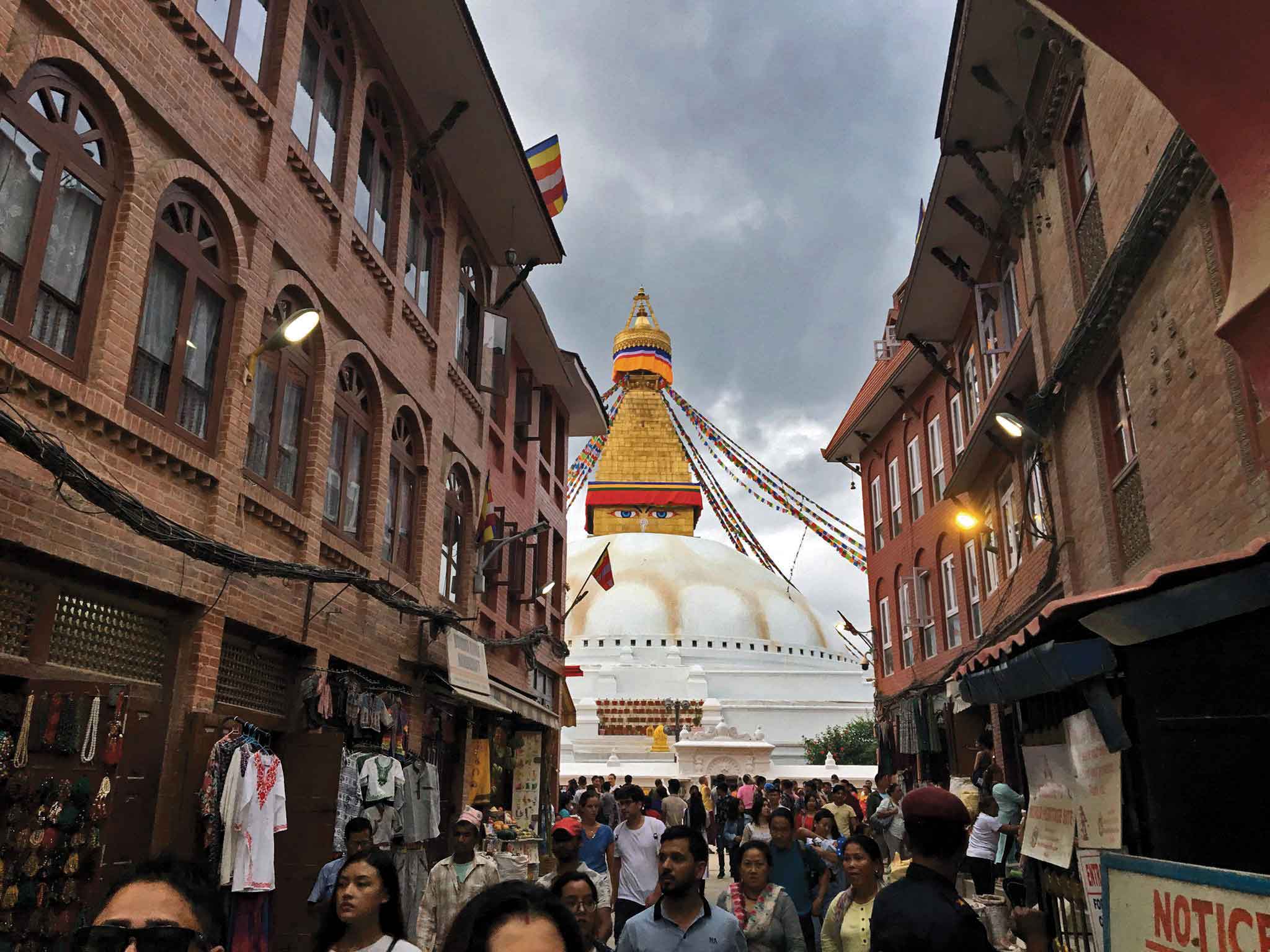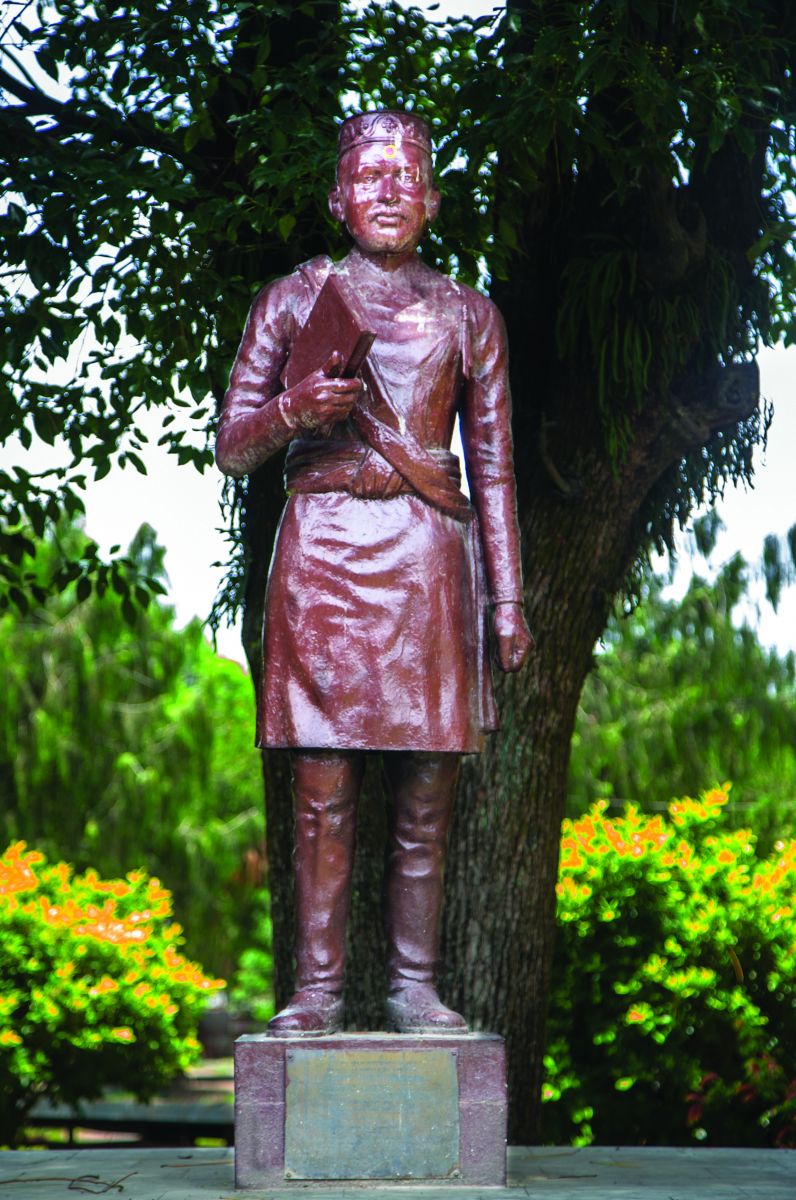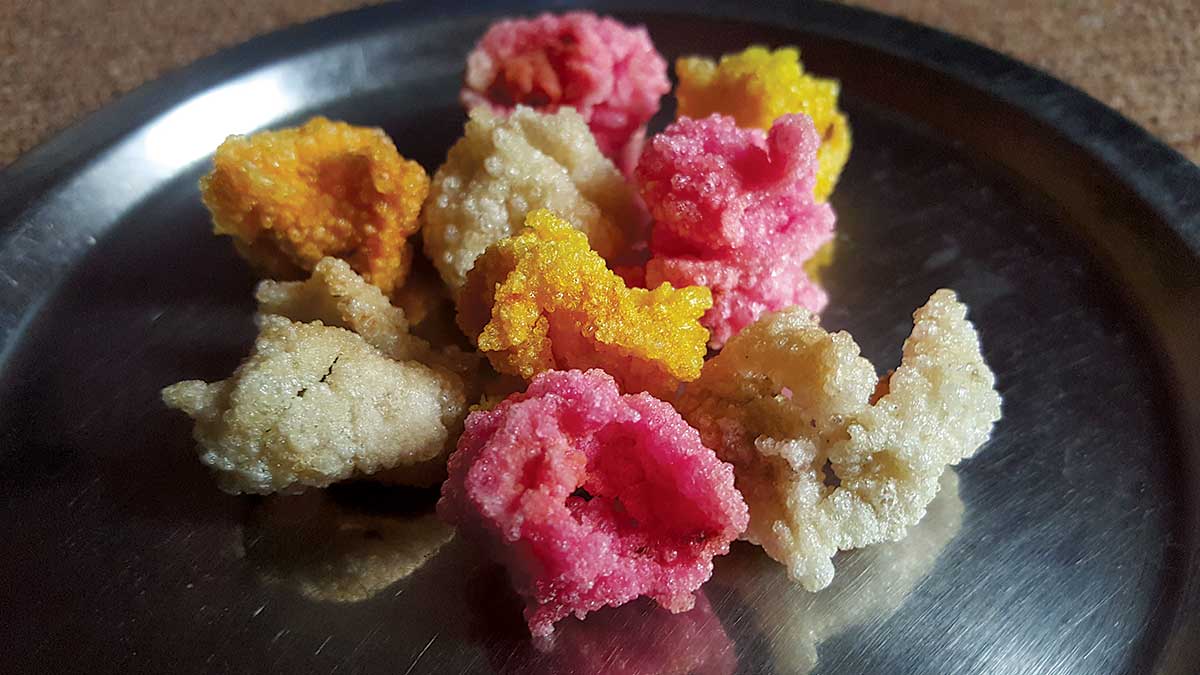Can enjoyment as the reason for festivities and celebration mean it no longer needs meaning to sustain?
When I reached Mahapal of Patan on the fine morning of the Mataya Jatra to witness its collective grandeur, the first sight my eyes scanned was a beautifully carved window of a traditional home out of which peeked two children, looking down at the lengthy procession. The sight set the context of the festival for me – about the future generation taking up an old and meaningful tradition.

Mataya relates to Buddha’s victory over evil passions to attain enlightenment and commemorates the dead and helps us accept death as a reality of life. The festival has the mood of Gaijatra in Lalitpur, with events that encourage merry making and caricature. The festival is quite grand, but many do not know the story behind Mata - lights and ya – journey.
In Patan that day, people were moving in and out from all directions. Patan’s bahas (courtyards) were built close together so that during festivities like these, people could visit all the chaityas that came under the 2200 chaityas list. Moving fast and offering grains, camphor and money, the participants were enjoying the traditional music that seemed to drive them forward in the scorching heat. It’s a surprise that even now the tradition enjoys the same kind of energy and enthusiasm that it probably did centuries ago with a distinctly strong youth participation.

Previously, Mataya used to start early and end before noon. Today, the event goes on till nightfall. The reason behind this is the increase in the number of chaityas within the Patan area. Not every chaitya is eligible for the ritual though; only those that have been traditionally consecrated are addressed with the public’s reverence. The mataya march takes off with six Bajracharya priests worshipping the chaityas with tika, akshata and jajanka and showing the prescribed routes through the main roads.
In the quickly-moving parade, I started a conversation with Deepak Maharjan. Mr. Maharjan was racing ahead to make it in time to Kutisaugal, the Mataya-paa at seven that evening where he had started his journey that morning. Mataya-paa, means the rotating turn for sponsoring the festivities as assigned each year to one of ten founding communities. This includes Na-Bahi, Manga, Chaka Baha, Ikhachhen, Bubaha, Howga, Ikhalakhu, Ukobaha, Kwabaha and Kutisaugal. I ask Maharjan why he was participating in the lengthy procession, to which he answered promptly - “To preserve our cultural identity.” Down the line I caught up with three young first-time participants, Rizu, Anu and Ganga Maharjan. Their involvement in the procession had much to do with enjoying their own culture than anything else.

The beats and the people playing the Dha Baja and the Damakhin Baja that were catching up to me created a celebratory mood. I came across at one point someone identifying himself as Lord Shiva! Amused to find such a character wandering in a Buddhist festival, I asked him, a Mr. Mangal Maharjan, why he was dressed up as the destructor of the Universe. “Just for the enjoyment of the festival by bearing different avatars,” he said. I believed this naively until I met Deepak gurju, a traditional Newar priest who was observing the procession. The story turned out to be such: Mahadev once believed himself to be the most powerful god of all, “but when Buddha answered the reality of life by yielding compassion, Shiva couldn’t help kneeling down and so now even he participates in paying respect to the Buddha.”
The gurju seemed to know a lot about mataya so I hung around until he answered all my curiosities. A long time ago, there were two brothers – Balarchan Dev and Vrisa Deva - who lived in Patan. They both participated in the festive march but when they began living separately in Patan and Badigaun, BalarchanDev started this festival anew in Badigaun on the first Wednesday after every Mataya. The Mataya-pas allotted to the localities of Patan were divided according to the yearly number. So for this year, 2070, the last numeral zero is the number of Kutisaugal, which arranged the entire celebration from organizing the way to the chaityas to teaching music to carrying out all necessary rituals before the main day of the mataya.
I explained to Deepak gurju about how many didn’t know the reason behind the celebration but understood the significant role of contributing to the identity of their culture to which he replied, “The festival will continue for its joyous spirit and will be cherished for the same. The meaning will not die but will be buried until it is sought for once again.” n










